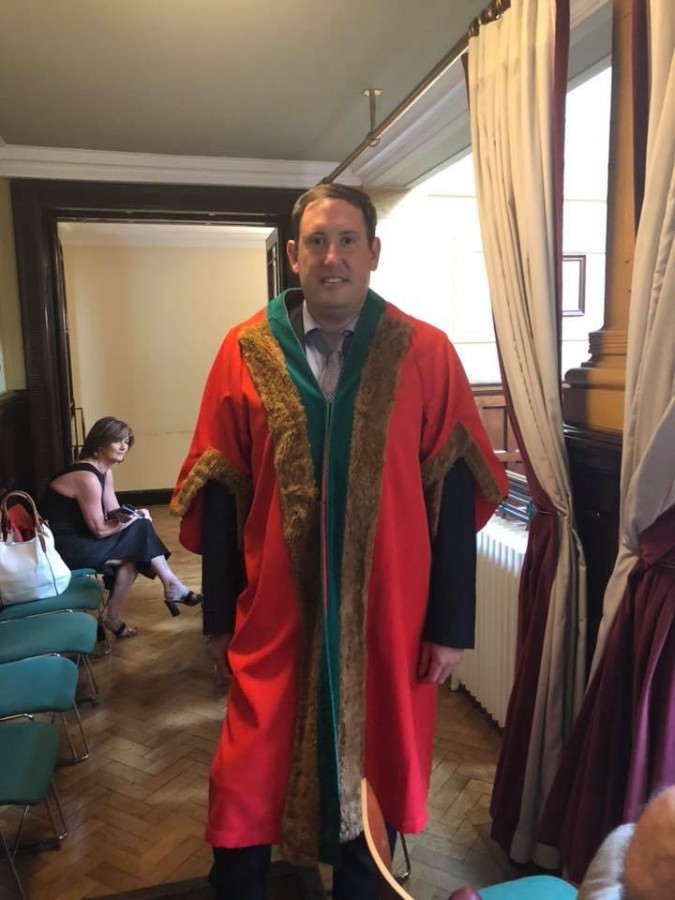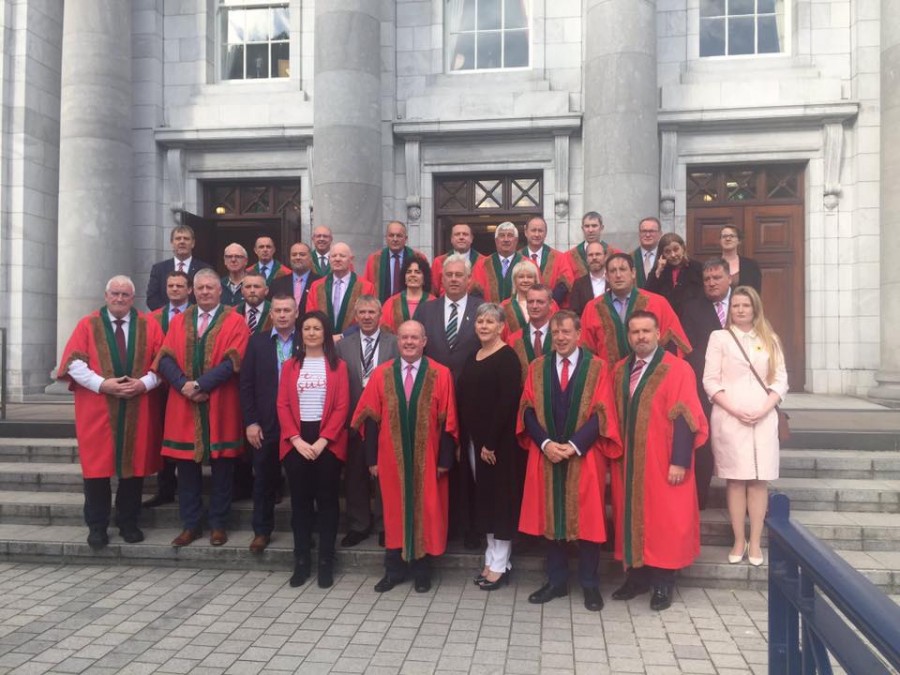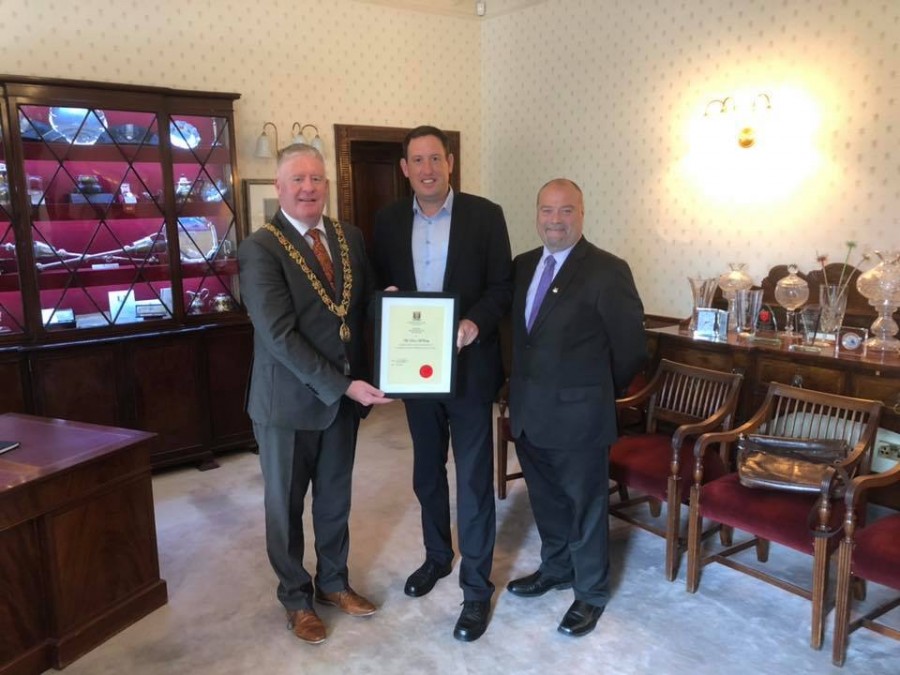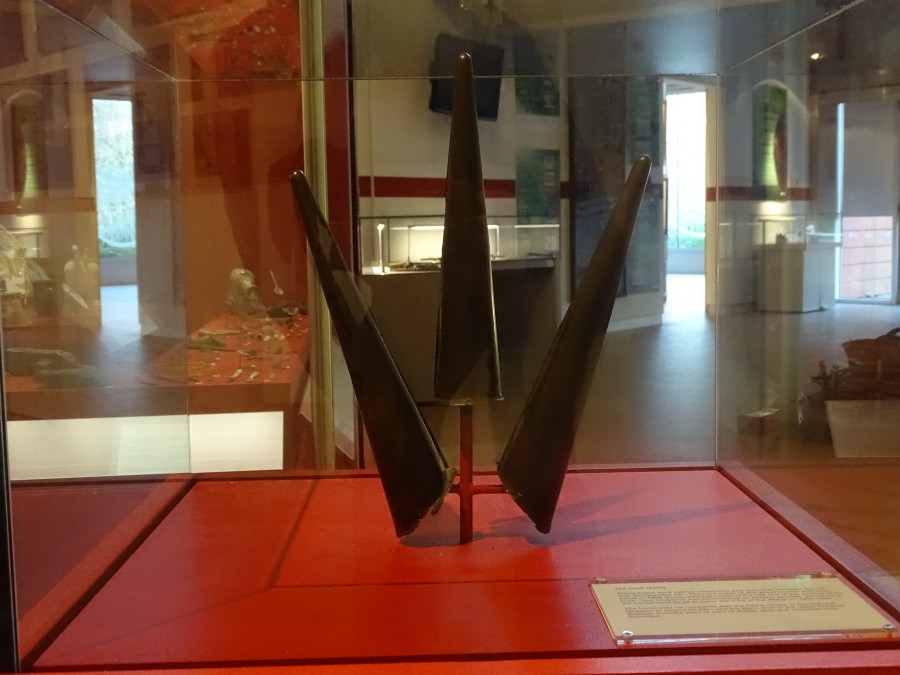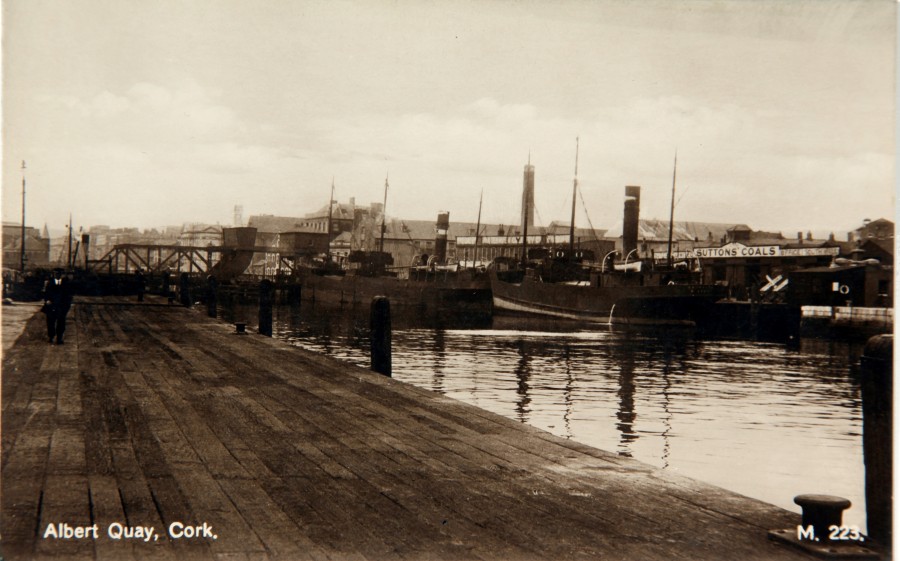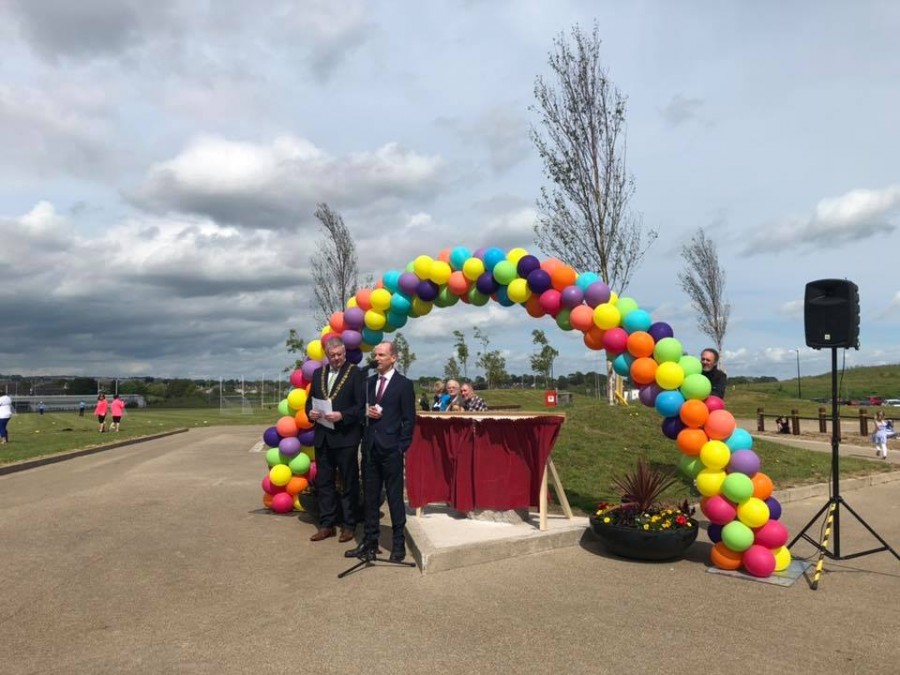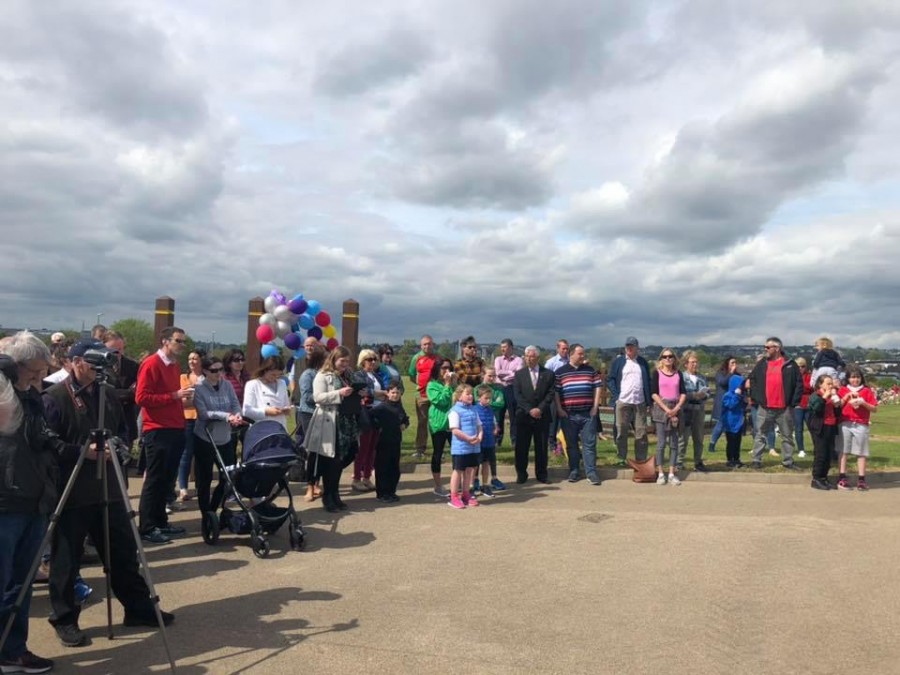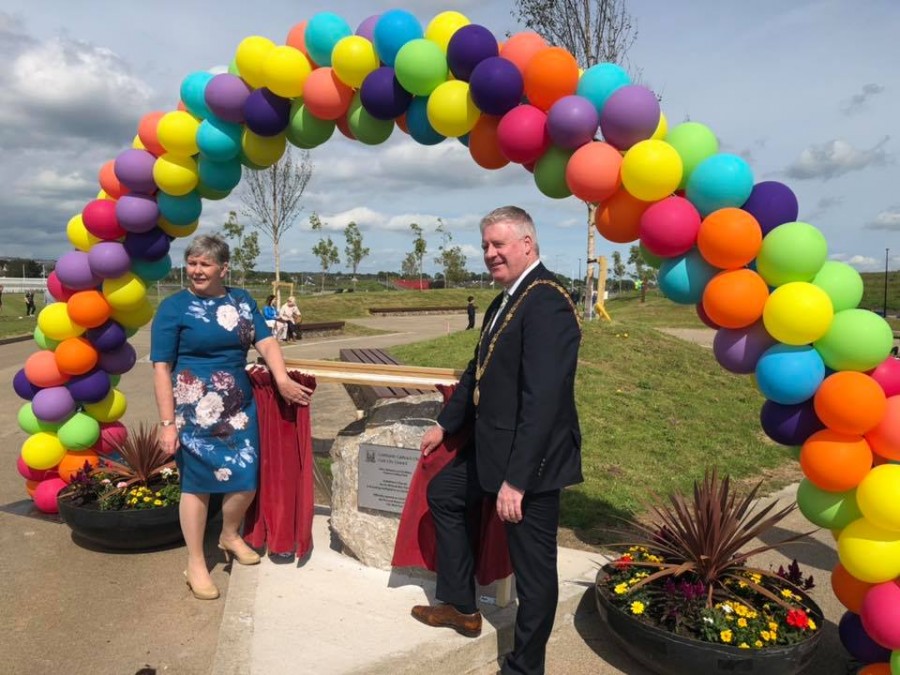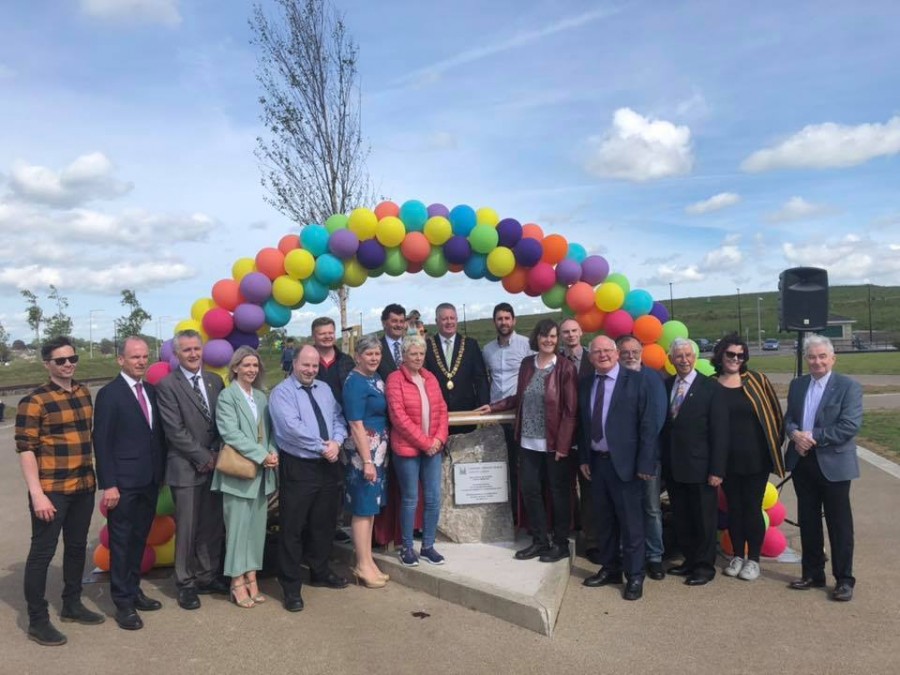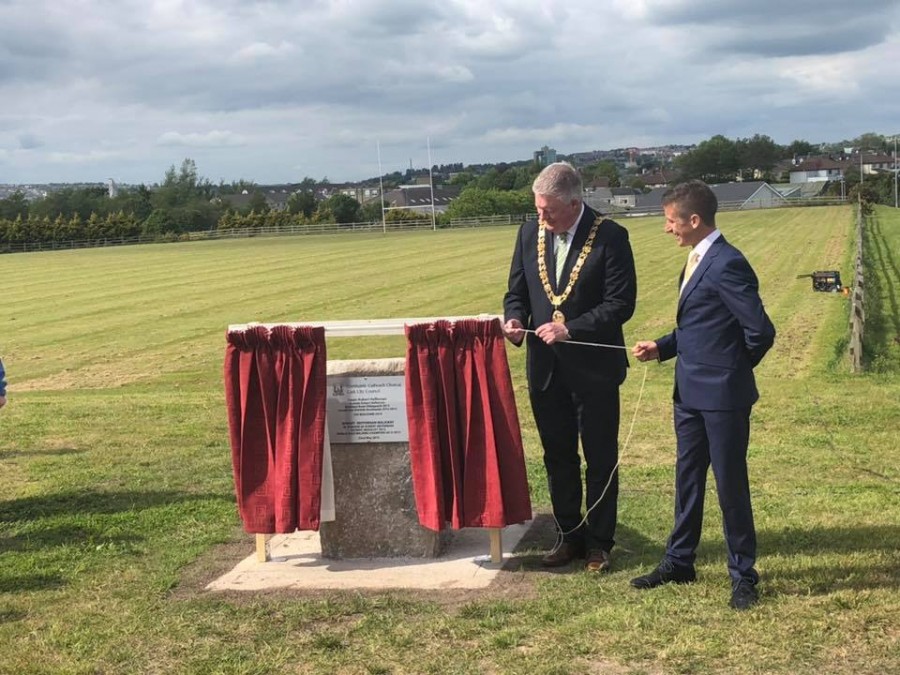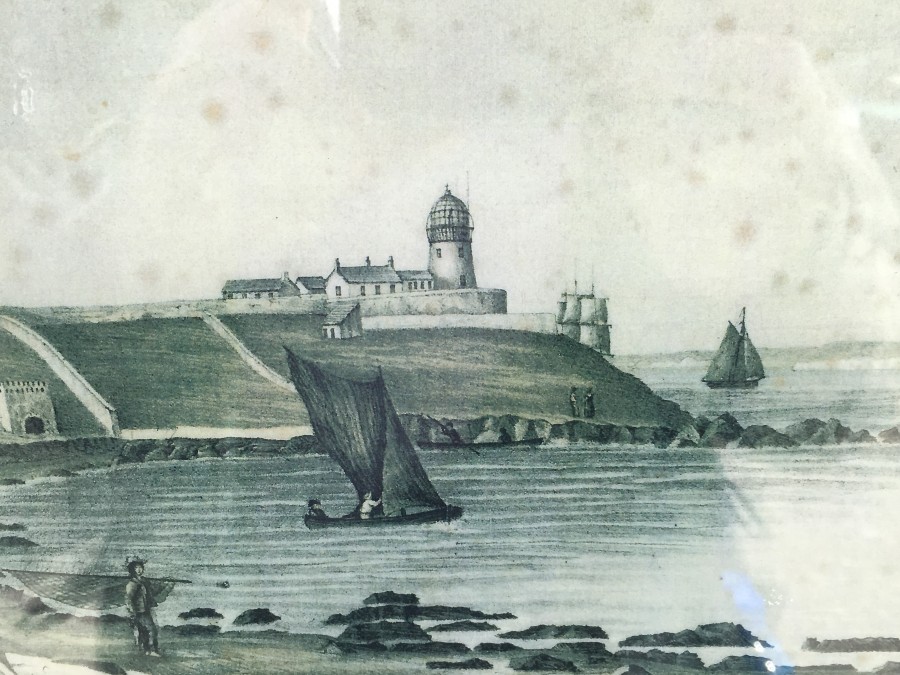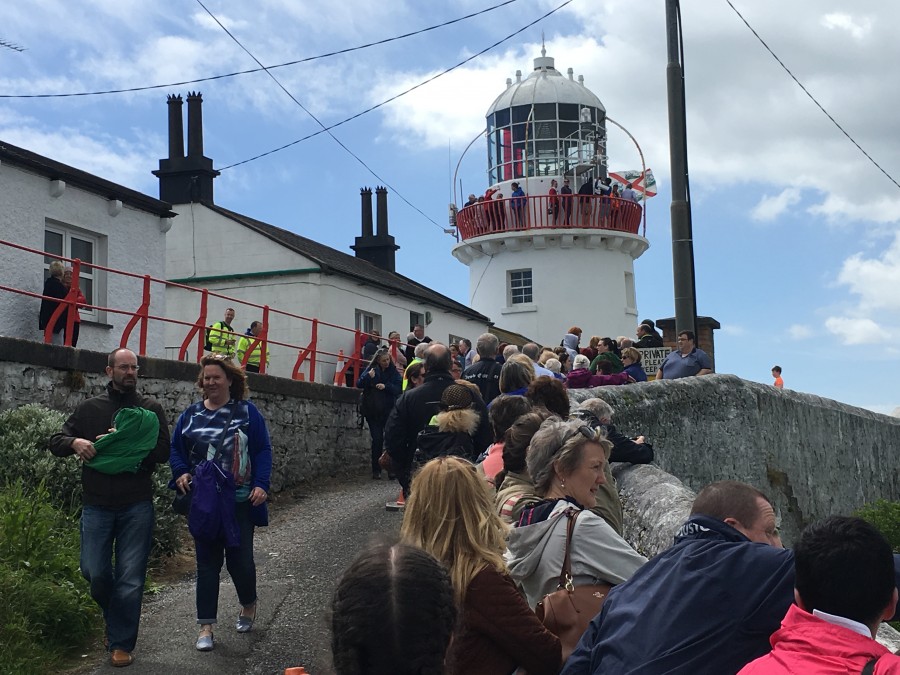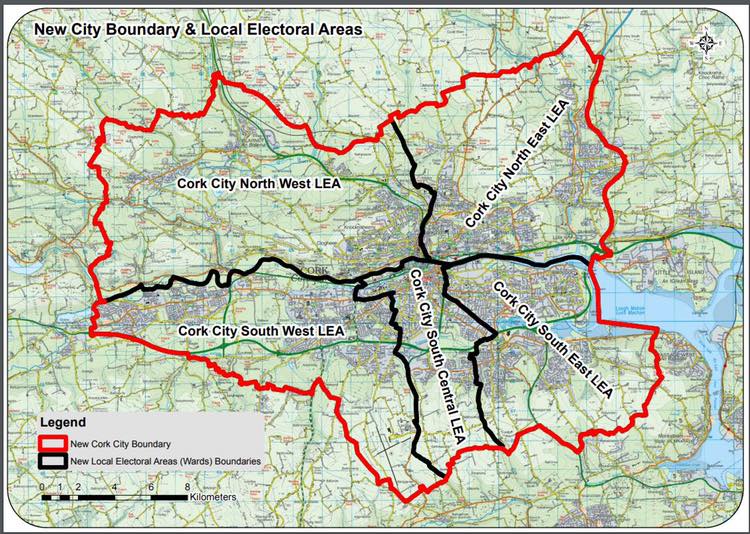The Evolutionary:
Lord Mayor,
Congrats on a really great year.
More so than ever before history is being made at this AGM this evening.
In last week’s supplement in the Irish Examiner entitled Cork, City of Change, poet Theo Dorgan described the current feeling in the city as follows.
Quote
“I sense a gathering in, a consolidation of lands and histories and power, of different perspectives on the city that was and the city that is to be”.
End quote. This evening I can really feel the gathering of perspectives on the city expansion, the weave of politics and the weave of different perspectives. Tonight, the city has evolved to a new platform.
Lord Mayor you have a key part of the team involved in influencing the boundary extension and to be present as a civic leader during the beginning of the transition is making history in itself. And I think in years to come the scribes of the city’s history probably will describe you as an evolutionary. But the big picture thinking is just one layer of your interests – citizenship and inclusivity is key of a part of another layer you are engaged with.
This year your speeches consistently provided a platform about themes of collaboration, social inclusion, providing a safe and enriching experience as a citizen – no matter what age you are – a city where values count.
Nano Nagle Reference:
I was intrigued a few weeks ago on the evening of the Lord Mayor’s Community Awards – in your opening gambit you harnessed the words and ethos of one of Ireland’s most influential women Nano Nagle, whose portrait, memory and legacy hangs over the members here.
In 1770s Cork, Nano’s tireless work in her schools across the city and for the poor of Cork could never have been done if she were a sister in an enclosed order. So she founded her own order ‘The Institute of Charitable Instruction of the Sacred Heart of Jesus’ in 1775. Nano and a small group of women thought and cared for the poverty stricken where they lived. For five years, the small cottage near Nano’s first school, on modern day Douglas Street, just south of Cork city centre, was their first convent. Nano then built a small convent on the same street. Nano she died in 1784 at the age of 66 from poor health. Her legacy is told more in the Nano Nagle Centre, which I know is close to your heart in the south central ward.
It is known that Nano walked this great city a lot – there are multiple constructed narratives of her physically holding a lamp and weaving in and out of the dark streets of Cork – as the city’s public lighting was only large wicks in oil. From a metaphorical perspective, I have no doubt people on the streets through her lamp knew she was present and cared – she searched out and engaged with the disenfranchised. She sought to give them a voice. Certainly giving people a voice and presenting an attitude of caring about Cork society has also defined your year.
In those late 1770s and early 1780s Nano would have encountered an Atlantic city of great export – where the harbour and the sea was a huge economic asset – a multitude of wooden sailing ships creaking and bouncing off each other as they were tied up– a diversity of sailors from different backgrounds trying to communicate with each other– a port where the languages of Irish or English were in the minority – a multitude of goods awaiting their shipment, paper work as long as people’s arms – Cork docks was where a Corkonian one day could jump on a ship and a few weeks later emerge from the deck in the Caribbean or in the food markets of Lisbon.
With that in mind it is very heartening to see our harbour heritage being celebrated all week through Meitheal Mara’s Cork Harbour Festival and Seafest, which opened today. I know the development of maritime heritage is close to your heart and fortifications such as the development of Elizabeth Fort.
The World of Nano Nagle:
In the year 1780 Nano’s world of Cork City had a population of 80,000 people, which had risen from 20,000 eighty years earlier – it is a world where one could estimate that just over 20 per cent were employed and many lived and struggled in poor conditions.
I have no doubt that Nano would have listened to debates about the city centre and its expansion from walled town starting around 1700 to populating 75 % of its marshy islands by 1780 – complete with busy quays, mud filled streets, over-flowing canals – and new local electoral areas – and new neighbourhoods all being politically defined as the city expanded..
In 1780 Nano in her wanderings in the city would have heard the debate about filling in the canals of the city – the great dumping of rubbish in them over many years – in particular the great canal which once filled in would create St Patrick’s Street.
Worries reigned with the owners of quaysides who did not want their mooring posts taken away and their mooring rights done away with. They were challenged with a new vision for the city – a move from ship movement to more pedestrian movement. In our time, you also had to lead the thought process for our modern transportation movement strategy.
Nano would have heard before her death the debate in the Council Chamber in the commercial centre called the Exchange on Castle Street about creating a new bridge on the north channel. She would heard the physical uproar from ferry crossing owners about how the new proposed bridge of St Patrick’s Bridge would put them out of business.
Most recently, the history of this bridge you also officially heralded the end of the restoration project of the third bridge on the site.
In 1780 Nano would have possibly seen the 1780 drawing for the south docks where a main street and 20 side streets were planned. You this year led us through the thinking on the expansion of the city on the north docks with the south docks very slowly but surely coming into being.
And finally I always think Nano sould have heard about the debate, cost and dilemma and quest by the Councillors of the emerging city for a new Mayor’s chain. Nano didn’t live to see it being placed on the shoulders of Mayor of Cork Samuel Rowland on 9 June 1787 or to see two gold chains being given to the city sheriffs. All were voted on by the court of D’Oyer hundred – or the city’s assembly of freemen. The sum of £500 was given as a bond by the then Mayor who needed to be paid back, and the money sent onto the London goldsmith. It is unrecorded if he was ever paid back, just in case an ancestor from late eighteenth-century Cork ever appears on City Hall’s doorstep.
Ultimately when you look at that time of the eighteenth century and perhaps whether you realise it or not, your steps this year echoed the ethos of Nano Nagle and her public ethos of charity and social inclusion but also mixed with the world she saw changing – a modern Atlantic City evolving within its time complete with a micro world of challenges and worries – which all still linger in our time and drive this city’s ambition and its future proofing.
To conclude I wish to draw on another bit of Theo Dorgan’s prose from last week’s supplement which connect Nano’s world and ours.
Quote
“Great changes are coming, the worst of the old ways are dust in the wind and the new energies are crackling with light and variousness of daring thought and music. Go on, said one of my brothers, give us a mad vision of Cork in the coming years. Easy I said, it will be the Athens of a new republic, the dream city where a noble past will give birth to a glorious future. He looked at me and said, would you ever cop yourself on. Fair enough I said – getting a bit carried away…but all the same though. What if”.
End quote.
Congrats evolutionary on a super year and to the Deputy Lord Mayor, Cllr Thomas Maloney.
I wish to thank my supporters for voting me in and my family for their support on my election campaign.
Go raibh maith agat
Ends
